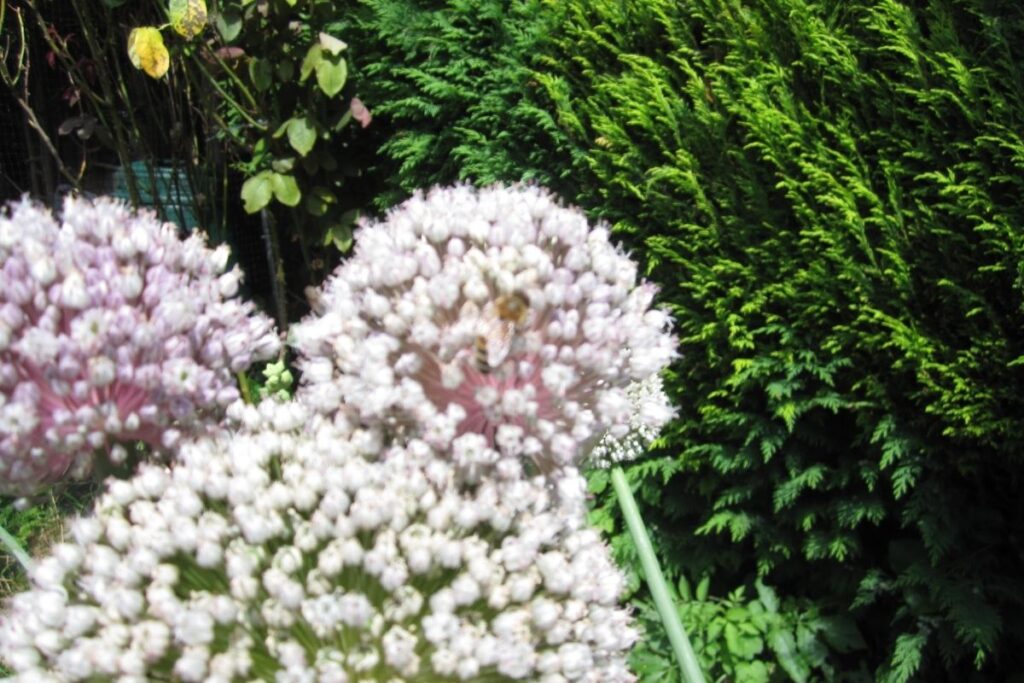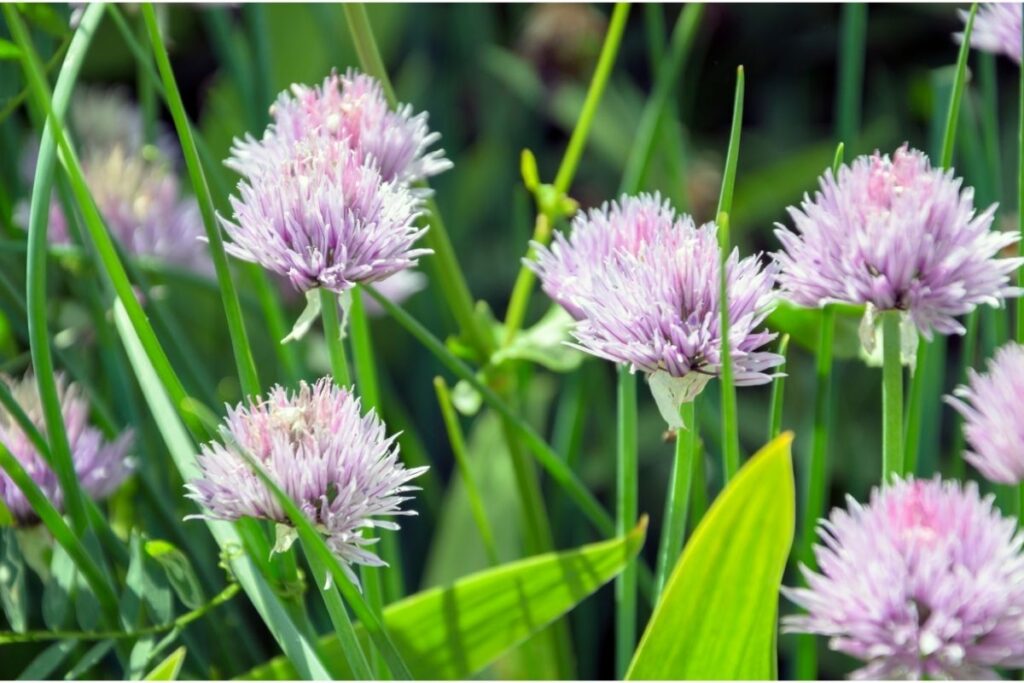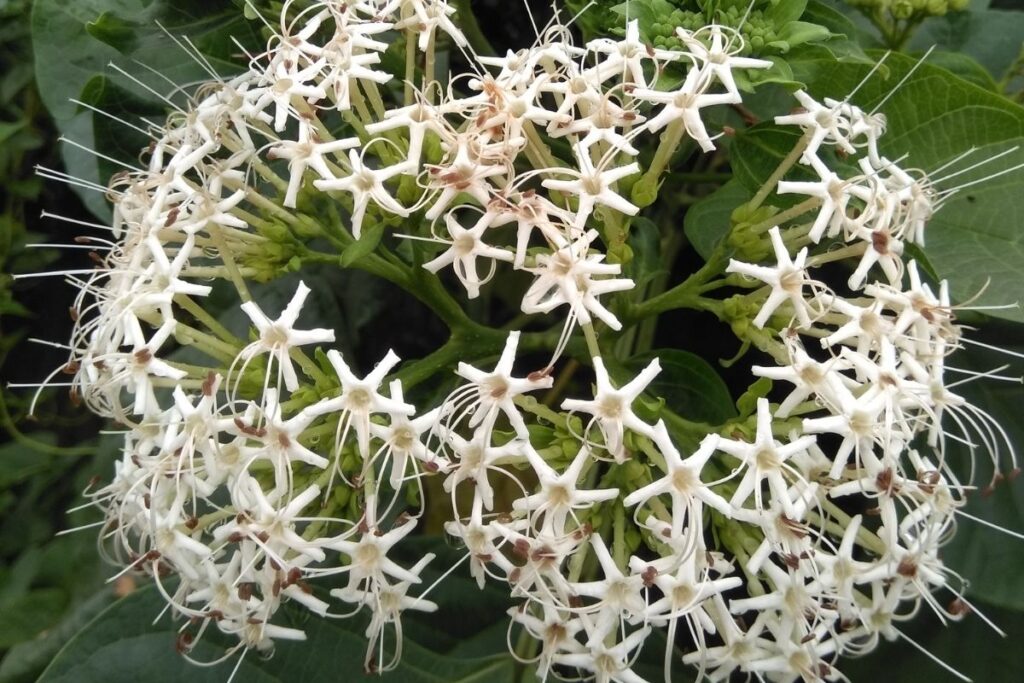Allium, a versatile garden and wildflower plant, boasts a variety of Types of Alliums, from the towering Allium giganteum to the delicate Allium moly, each adding unique flair to any green space.
Whether it is a garden, meadow, allotment, or greenhouse, there will be a sort of allium to suit.
Allium grows in all shapes and all sizes. Most types of allium yield flowers, and some even bloom vegetables, such as the onion. They are easy to look after, grow and cultivate.
As long as you are armed with the proper information regarding the subspecies, you will be able to grow your allium with little effort and lots of gains.
The Allium List
1. Allium Cepa

The Allium Cepa originated in Asia. It is the most common type of Allium plant grown across the world. The Allium Cepa is also known as an onion, which we are all familiar with.
This is a very common vegetable, widely used by many people. The Allium Cepa is a botanical form of this vegetable and is edible once fully matured.
When ready to pick, it will have a flower head that is green and white and bulbous.
2. Allium Giganteum

The Allium Giganteum originated in Asia. It is one of the biggest types of Allium as reflected in its name. You may also know it as the giant onion vegetable.
You can find these commonplace in most food stores, as they have proven to be a popular and well-loved ingredient. It can grow to over a meter tall and, at its peak, has a large purple flower head that is a welcome addition to any garden patch.
The Allium Giganteum is easy to grow and can even take on a life of its own force when it takes root somewhere.
3. Allium Sativum

The Allium Satvium originated in Asia, as lots of different Allium types. It is now grown in large quantities all over the world.
It also goes by the name garlic and is a common ingredient in many dishes. Garlic is one of the most well known Allium plants and most grown and cultivated.
It actually has a lot of health benefits, including being a positive factor for high blood pressure and heart health.
4. Allium Porum

The Allium Porum originated in Asia. It is a common plant in Asia and parts of Iran but also grown in all the Western Hemisphere as a popular food source.
You may know it by the common name, leek or wild leek. It grows in bunches in small concentrations and prefers a denser soil in order to grow to its full potential. It is considered as a scallion allium.
It does not flower in the way that other types of allium do, instead, you will find a bulb at the end of a thicker leaf formation and a thick stalk.
5. Allium Schoenoprasum

The Allium Schoenoprasum originated in Africa and Asia. It can now be found in many parts of the world, including all over Europe. It also goes by the more common name of Chives.
It grows in clumps and produces edible bulbs that can grow to a medium height. Chives are used in a number of common recipes and are a popular food.
It can sometimes be mistaken for its close connection, the Allium sphraerocephalon as it looks and grows similarly.
6. Allium Holandicum

The Allium Hollandicum originated in Persia and Iran. It has spread out across Europe and can be found as far as, the Netherlands.
It has beautiful and bright purple flowers that grow their best when they have lots of access to sunshine. They prefer a dryer soil and, while they grow in clusters, don’t spread too easily.
They are not well suited to the cold and are better kept as ornamental rather than edible additions to the household.
7. Allium Sphaerocephalon

The Allium Sphaerocephalon originated in the Northern parts of Africa. Though, it also has roots in Iran and other parts of Western Asia.
It is also known as round headed garlic or round headed leek, but it is generally agreed to be a garlic type allium. It has stunning purple flowers that are shaped, as you’d expect, as a round headed bulb.
It is safe to eat the bulb of this allium, but not the other parts. It has even been used as an insect repellent in years gone by.
8. Allium Ursinum

The Allium Ursinum originated in Europe and also Asia. It also goes by the name of ‘ramsons’ or ‘wild garlic’, cowlick, and wild cow leek. It is widely considered to be a garlic type allium.
It grows in woodlands, where it is dark, and the soil is moist and rich. They grow best when the soil has a slight clay content.
You can spot a patch of ramsons by their white flower. It can grow rapidly and spread to a large area with little effort.
9. Allium Fistulosum

The Allium Fistulosum originated in China. It is also known as the Welsh Onion or the Japanese Bunching Onion. They are not too complicated to grow and can be eaten raw or cooked.
They are very long plants and predominantly green in their coloring. They like to grow in big clusters. You could also call this type of allium a scallion, which has a less strong taste than other types of allium.
10. Allium Moly

The Allium Moly originated in the Mediterranean. It is also known as the Lily Leek and has a distinctive golden flower. It is completely edible and is even used in some types of herbal medicinal remedies.
Unlike some types of allium, the Lily Leek thrives on sunlight. They prefer warmer climates and soil with high sand content.
11. Allium Cristophii

The Allium Cristophii originated in Persia. That is why it is also known as the Persian Star. It is now found throughout Turkey and Iran as well.
It is somewhat of a wild plant that spreads fast in the areas where it appears. You can notice the Persian Star thanks to its pale pink, and large flowering head.
This type of allium is safe to eat fresh from the ground and cooked as well.
12. Allium Trioccum

The Allium Tricoccum originated in Northern America. It spread out across America to find a home in most states and even made its way to Canada.
It is also known colloquially as ‘Ramp’. You can eat the leaves of this allium, which is an onion variety.
13. Alium Victorialis

The Allium Victorialis originated in Asia and Europe. It now exists all over Europe and some Asian countries. This allium is an onion variety with white, purple, or yellow flowers.
You will find it mainly in higher regions, and it does tend to spread quite rapidly once it has taken root somewhere.
These types are generally fine for human consumption but toxic to domestic pets such as cats and dogs.
14. Allium Ramosum

The Allium Ramosum originated in the North of Asia, and Russia. It spread out to cover lots of areas in China, Siberia and even Eastern Europe.
This allium has thin leaves and white flowers and prefers to grow in higher elevations such as mountains. It is a chive variety of allium and grows in big clusters close together.
This type of allium is edible for humans.
15. Allium Amplectens

The Allium Amplectens originated in the United States, specifically along the Western Coast. It spread out all over America and can now be found in many states, and Canada too.
This onion plant has thin leaves and is suited to wooded, dark conditions. It favors soil with high clay content and grows fast and strong.
This allium is completely safe for human consumption.
16. Allium Geyeri

The Allium Geyeri originated in Northern America. As a species, it has spread out and now reaches the majority of the US, and even goes as far as West Canada.
This onion type blooms with a large pink flower and is suited to the rocky, dense conditions found in states such as Idaho and Texas. It spreads fast and clusters together in large formations.
Allium Geyeri can be eaten.
17. Allium Validum

The Allium Validum originated in California. It is a mountain plant, that needs high elevations and rocky soil to properly grow.
You can find it in the parts of America and Canada where there are high mountain concentrations, such as British Columbia and Nevada. The Allium Validum also goes by swamp onion or wild onion.
It has a spiky looking, light purple flower head with hints of pink. This is complemented by a medium-sized green stalk. The bulb is edible.
18. Allium Paradoxum

The Allium Paradoxum originated in Asian mountain regions. It can now be found in Europe as well, and has stayed loyal to Asia. It is also known as a few flowered leek or a few flowered garlic.
It is mainly a wild plant, but can be sowed in a garden if you choose. It has thin, flimsy leaves with a white flower head. You are able to eat the leaves, the bulb, and the flower as well.
Conclusion
These are the most common types of allium around the world. The allium plant has many appearances. Some types have big bright flowers, some types with edible bulbs.
Overall, you will find that the majority of alliums are edible from stalk to flower, with special attention to the bulbs.
The most popular form is, of course, the common onion and garlic plants that you can find in so many popular dishes and store shelves.







